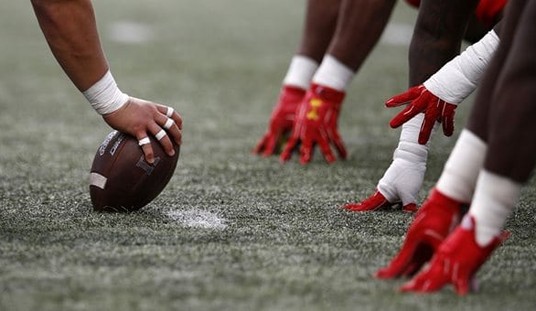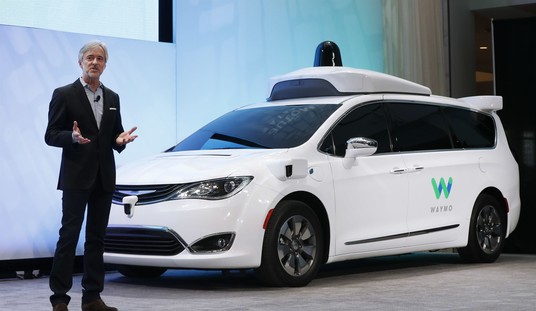=========
=========
Promoted from the diaries by streiff. Promotion does not imply endorsement.
=========
=========
By Alexander G. Markovsky
With some projects standing stagnant for 30 years, it is time to change the way we approach infrastructure projects funding
The implementation of Donald Trump’s 1.5-trillion dollar plan to rebuild the United States infrastructure is facing a daunting task. Its Achilles’ heel is a reliance on a combination of government and private sector funding. Thanks to his predecessors, the Federal Government is already $20 trillion in debt. What’s more, state and local governments have, for the most part, exhausted their borrowing power. Heavily promoted, the so-called Public Private Partnership (P3), a program of private investment into government ownership, is incommensurable with the President’s objective. So, if it isn’t the government or PPP, then what is the solution? Where’s the money going to come from?
The answer to these questions lies with ever-evolving capitalism. A host of significant economic developments over the past 20 years indicates that we are witnessing the dawn of a new era of capitalism. What distinguishes this period from the previous ones is that enormous sums of money have been accumulated by corporations and private investment funds. American corporations have amassed trillions of dollars on their balance sheets; Apple alone has nearly $300 billion in its accounts. This mass of liquidity looking for markets to invest in has set up an interesting dynamic.
Until recently, only the government could handle projects the size of the Hoover Dam and the interstate highway system. Now, however, large corporations and investment funds have sufficient resources to build projects on any scale. Hence, there is no imperative for the government — federal, state, or local — to finance and maintain modern infrastructure when private capital is available.
Privatization of the government assets ensures sufficient funding and introduces innovation and cost-effectiveness.
This includes selling existing assets and creating an environment conducive for private enterprises to build, own and operate roads, bridges, tunnels, treatment plants, airports and other facilities. Tolls and user fees will be collected to defray operating costs and retire debts. Revenue from the sale of existing assets can be used to reduce the state and national debts. The effect of privatization could be massive. It has the potential to create a long-term economic expansion that would dwarf the scale of the Pacific Railroad and the National Interstate and Defense Highways acts combined.
The chief obstacle to privatizing is an ingrained quasi-socialist mentality, making state and local governments the principal owners of the nation’s infrastructure. Beginning of 1980, owners started treating the assets as a revenue stream. From New York to Florida, Texas to California tolling has become a familiar feature of the American landscape.
The fundamental flaw of this policy is that the government, as a law enforcer and protector of consumers from inherent warts and blemishes of the capitalist system, has become part of the system – it owns and operates for-profit enterprises. In those mutually exclusive capacities, the government is in a position to abuse its power with impunity. It is, therefore, not surprising that the owners have embraced monopolistic behavior — manipulating supply and demand to justify constantly raising taxes (property, gasoline, and general local taxes), user fees and tolls, ostensibly for building and maintaining roads while neglecting the assets’ maintenance and repair.
Anyone who traveled the New Jersey-Manhattan corridor has experienced the effects of the state monopoly, spending endless hours in traffic and paying exorbitant tolls every few miles. And there is no greater symbol of government monopolistic power than the George Washington Bridge, built in the 1930s with taxpayer money. Today, roughly eighty years later, its owner, the New York and New Jersey Port Authority, is charging the taxpayers’ grandchildren $15 for each trip, collecting $1.5 billion annually.
Whereas the product is being sold regardless of quality and costs, governments have no incentive keeping projects on schedule and within budget. Paradoxically, lenders love it. Since there is a low risk of borrowers going bankrupt, whatever is spent will eventually be covered by the taxpayers, with interest. The Central Artery/Tunnel Project in Boston, Mass., known as the Big Dig, is the poster child for government waste and inefficiency. It was eight years behind schedule, and the cost ballooned from an estimated $2.6 billion to nearly $15 billion, or nearly $24 billion, if you include the interest payable by raising tolls on the Massachusetts Turnpike. Conflicts of interest, ineptitude, and corruption became the defining characteristics of the current policy.
Privatization of the infrastructure is a product of the spontaneous evolution of our economic system and a historical inevitability. The system has to overcome the government monopoly that has created nearly insurmountable hurdles to private enterprise entering the field as owners and operators of the facilities.
My company has identified a number of fully permitted and “shovel ready,” but stranded (in some instances for 30 years), infrastructure projects. Nevertheless, despite numerous proposals from firms with expertise and the financial backing, the state governments would rather have the projects remain stranded for another 30 years than yield their ownership to a private entity.
The continuation of the familiar leads to stagnation, and yet, in the contemporary political environment, this conflict between two different concepts of the economy cannot be resolved by a political consensus. Therefore, the Executive Branch must assume a decisive role in ushering in this multi-trillion-dollar frontier of capitalism. Our prosperity is depended on a reassessment of established postulates. The government doesn’t have to build more infrastructures; the government has to let capitalism to build more infrastructures.














Join the conversation as a VIP Member